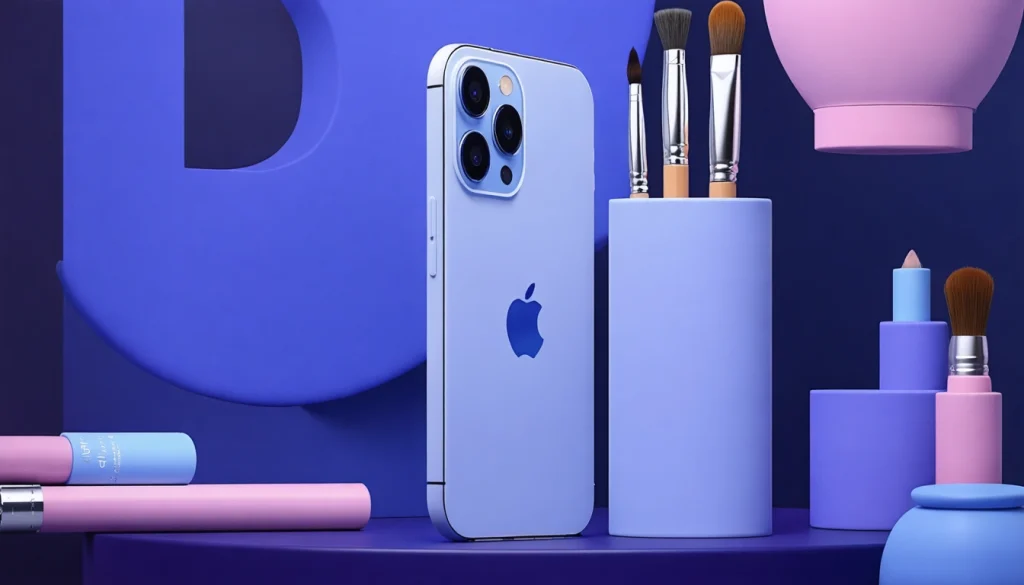
2025 Tech Trends: The Next Generation of Smartphones
2025 Tech Trends The Next Generation of Smartphones

2025 tech trends the next generation of smartphones are expected to revolutionize the way we interact with our devices. With advancements in artificial intelligence, augmented reality, and the Internet of Things (IoT), smartphones will become even more integral to our daily lives. In this article, we’ll explore the latest trends and innovations in smartphone technology, from foldable designs to advanced AI capabilities.
Section 1: Foldable and Flexible Displays

One of the most significant trends in 2025 smartphones is the adoption of foldable and flexible displays. These innovative screens will allow users to fold their phones in half, providing a more compact and portable design. Samsung, Huawei, and other major manufacturers have already released foldable phones, and we can expect to see more models hit the market in 2025.
Flexible displays will also become more prevalent, offering improved durability and resistance to scratches and drops. This technology will enable new use cases, such as phones with self-healing screens or devices that can be worn like a wristband.
Section 2: Advanced AI and Machine Learning

Artificial intelligence (AI) and machine learning (ML) will continue to play a crucial role in 2025 smartphones. AI-powered cameras will become even more sophisticated, with features like multi-lens systems, enhanced low-light performance, and advanced scene detection. AI-driven processors will also improve device performance, enabling faster app launching, smoother multitasking, and longer battery life.
Moreover, AI-powered personal assistants like Siri, Google Assistant, and Bixby will become more integrated into our daily lives. These assistants will learn our habits and preferences, providing personalized recommendations and anticipating our needs.
Section 3: 5G and 6G Connectivity

The rollout of 5G networks will continue to gain momentum in 2025, offering faster data speeds, lower latency, and greater connectivity. 5G will enable new use cases like enhanced mobile broadband, massive machine-type communications, and ultra-reliable low-latency communications.
Meanwhile, researchers are already exploring the potential of 6G, which promises to deliver even faster speeds, lower latency, and greater capacity. While 6G is still in its infancy, it’s expected to revolutionize fields like healthcare, education, and entertainment.
Section 4: Augmented Reality and Virtual Reality

Augmented reality (AR) and virtual reality (VR) will become more prevalent in 2025 smartphones. AR capabilities will be integrated into cameras, enabling users to overlay digital information onto the real world. This technology will have numerous applications, from gaming and entertainment to education and healthcare.
VR will also continue to improve, with advancements in display technology, tracking systems, and content creation. We can expect to see more VR-capable smartphones, as well as standalone VR headsets that don’t require a PC or console.
Conclusion

In conclusion, the next generation of smartphones will be shaped by innovative technologies like foldable displays, advanced AI, 5G and 6G connectivity, and AR/VR capabilities. As these trends continue to evolve, we can expect to see significant improvements in device performance, user experience, and overall functionality.
Whether you’re a tech enthusiast, a business professional, or simply a smartphone user, it’s essential to stay informed about the latest developments in the industry. By embracing these emerging trends, you’ll be better equipped to navigate the ever-changing landscape of smartphone technology and make the most of your device.






